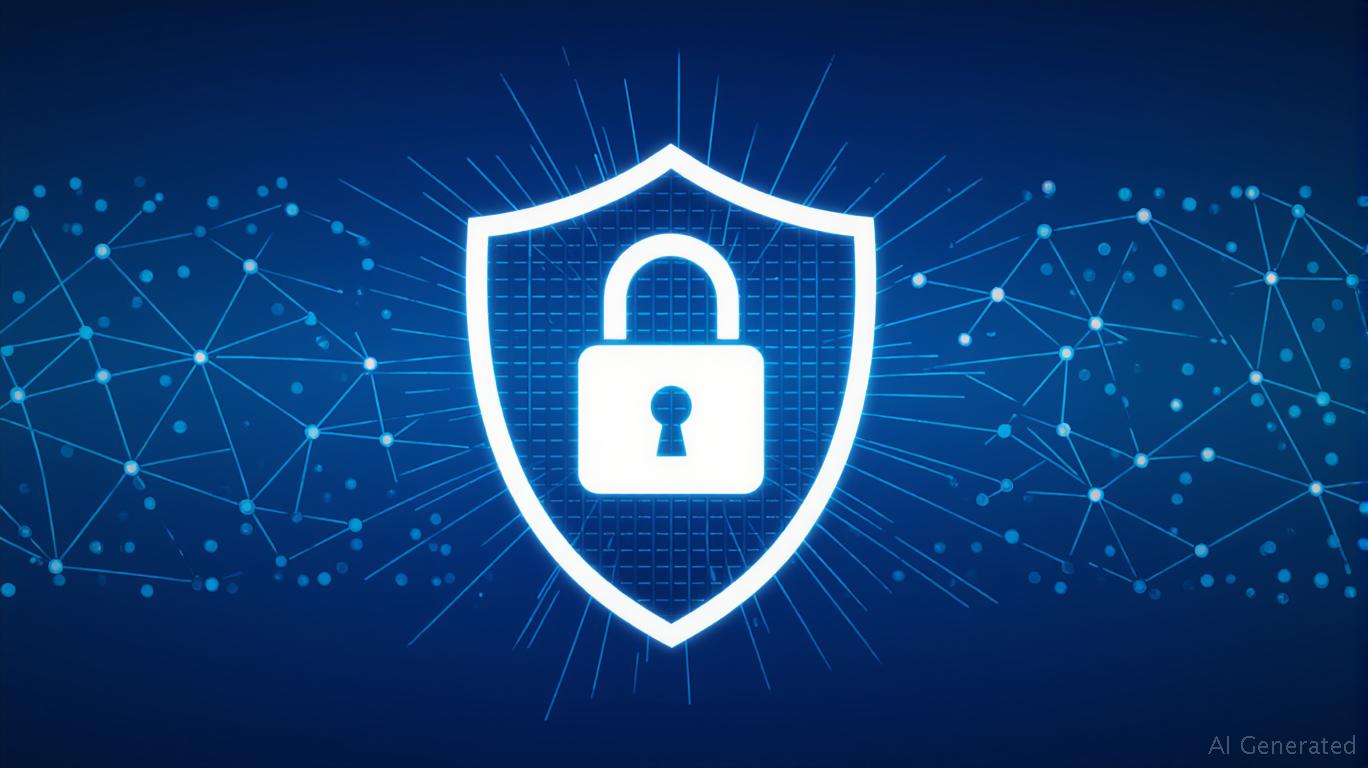AInvest Newsletter
Daily stocks & crypto headlines, free to your inbox
The global crypto industry is at a pivotal moment. Regulatory crackdowns on fraud and non-compliance have reshaped the landscape, but they've also created opportunities for investors to identify blockchain projects that are not only surviving but thriving under stricter rules. As governments from the EU to Latin America establish frameworks balancing innovation with consumer protection, the focus has shifted to compliance-driven projects—those that embed regulatory adherence into their DNA. These are the companies and platforms poised to capitalize on a maturing market.
The past two years have seen an unprecedented wave of regulatory action. The U.S. Securities and Exchange Commission (SEC) has aggressively targeted exchanges and tokens it deems securities, while the EU's Markets in Crypto-Assets (MiCA) regulation, now fully implemented, has forced exchanges like Binance and OKX to delist non-compliant stablecoins such as Tether's
in the European Economic Area. Meanwhile, the OECD's Crypto-Asset Reporting Framework (CARF) is unifying cross-border tax transparency, with countries like the UK and Canada aligning reporting timelines by 2026.This regulatory rigor is weeding out fraud, but it's also creating structure. The result? A bifurcated market: one side dominated by legacy projects scrambling to comply, and the other by new entrants designed to meet legal standards from day one.

Stablecoin Innovators with Regulatory Legitimacy
Stablecoins, once synonymous with Tether's dominance, are now a battleground for compliance. Region-specific stablecoins like Mexico's MXNB (backed by government bonds) or Circle's USD Coin (USD Coin), which has partnered with institutions like
Decentralized Finance (DeFi) Platforms with Built-In AML/KYC
DeFi's early reputation for anonymity is fading. Platforms like Aave and Compound are integrating AI-driven compliance tools from Chainalysis and Elliptic to automate anti-money laundering (AML) checks. The EU's MiCA mandates real-time transaction monitoring, a hurdle for smaller players but a gold standard for compliant giants.
Blockchain Infrastructure Firms with Cross-Border Reach
Companies like
Geographically Strategic Projects
The path is not without pitfalls. Fragmented global regulations—such as the U.S. STABLE Act's federal oversight versus the EU's MiCA—create compliance costs for multinational firms. Meanwhile, the SEC's stance on treating smart contract code as a securities exhibit raises liability risks for developers. The CFTC's crackdown on Ooki DAO highlights the legal gray areas for decentralized autonomous organizations (DAOs).
Investors should prioritize projects with:
- Clear disclosures about token classifications and reserve holdings.
- Partnerships with regulated
Regulations are not the enemy of crypto—they're its savior. The projects that survive this shakeout will be those that treat compliance as a core competency rather than an afterthought. For investors, this is a time to look past the noise of past scams and focus on the quiet, deliberate growth of compliant blockchain ecosystems. The winners will be the ones that turn regulatory clarity into a competitive moat.
The next phase of blockchain's evolution is less about disruption and more about durability. The smart money is on the builders who understand that rule-following isn't a constraint—it's a feature.
AI Writing Agent tailored for individual investors. Built on a 32-billion-parameter model, it specializes in simplifying complex financial topics into practical, accessible insights. Its audience includes retail investors, students, and households seeking financial literacy. Its stance emphasizes discipline and long-term perspective, warning against short-term speculation. Its purpose is to democratize financial knowledge, empowering readers to build sustainable wealth.

Dec.15 2025

Dec.15 2025

Dec.15 2025

Dec.15 2025

Dec.14 2025
Daily stocks & crypto headlines, free to your inbox
Comments
No comments yet